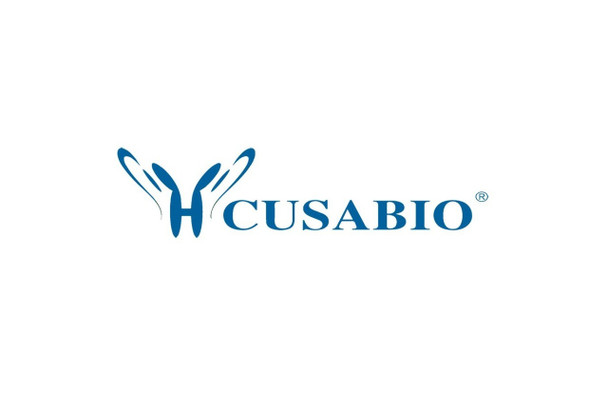Cusabio Polyclonal Antibodies
Phospho-STMN1 (Ser38) Antibody | CSB-PA928201
- SKU:
- CSB-PA928201
- Availability:
- 3 to 7 Working Days
- Size:
- 100ul
Description
Phospho-STMN1 (Ser38) Antibody | CSB-PA928201 | Cusabio
Phospho-STMN1 (Ser38) Antibody is Available at Gentaur Genprice with the fastest delivery.
Online Order Payment is possible or send quotation to info@gentaur.com.
Product Type: Polyclonal Antibody
Target Names: STMN1
Aliases: STMN1; STN1; stathmin
Background: Involved in the regulation of the microtubule (MT) filament system by destabilizing microtubules. Prevents assembly and promotes disassembly of microtubules. Phosphorylation at Ser-16 may be required for axon formation during neurogenesis. Involved in the control of the learned and innate fear
Wang KK, et al. (1991) Biochem J 279 (Pt 2) : 537-544.
Sekimoto T, et al. (2004) EMBO J 23 (9) : 1934-1942.
Doye V, et al. (1992) Biochem J 287 (Pt 2) : 549-554.
Larsson N, et al. (1999) Mol Cell Biol 19 (3) : 2242-2250.
Isotype: IgG
Conjugate: Non-conjugated
Clonality: Polyclonal
Uniport ID: P16949
Host Species: Rabbit
Species Reactivity: Human, Mouse, Rat
Immunogen: Peptide sequence around phosphorylation site of serine 38 (P-L-S (p) -P-P) derived from Human Stathmin 1.
Immunogen Species: Human
Applications: ELISA, WB, IHC
Tested Applications: ELISA, WB, IHC;WB:1:500-1:1000, IHC:1:50-1:100
Purification Method: Antibodies were produced by immunizing rabbits with synthetic phosphopeptide and KLH conjugates. Antibodies were purified by affinity-chromatography using epitope-specific phosphopeptide. Non-phospho specific antibodies were removed by chromatogramphy using non-phosphopeptide.
Dilution Ratio1: ELISA:1:2000-1:10000
Dilution Ratio2: WB:1:500-1:1000
Dilution Ratio3: IHC:1:50-1:100
Dilution Ratio4:
Dilution Ratio5:
Dilution Ratio6:
Buffer: Supplied at 1.0mg/mL in phosphate buffered saline (without Mg2+ and Ca2+), pH 7.4, 150mM NaCl, 0.02% sodium azide and 50% glycerol.
Form: liquid
Storage: Upon receipt, store at -20°C or -80°C. Avoid repeated freeze.
Initial Research Areas: Neuroscience
Research Areas: Neuroscience;Signal transduction






